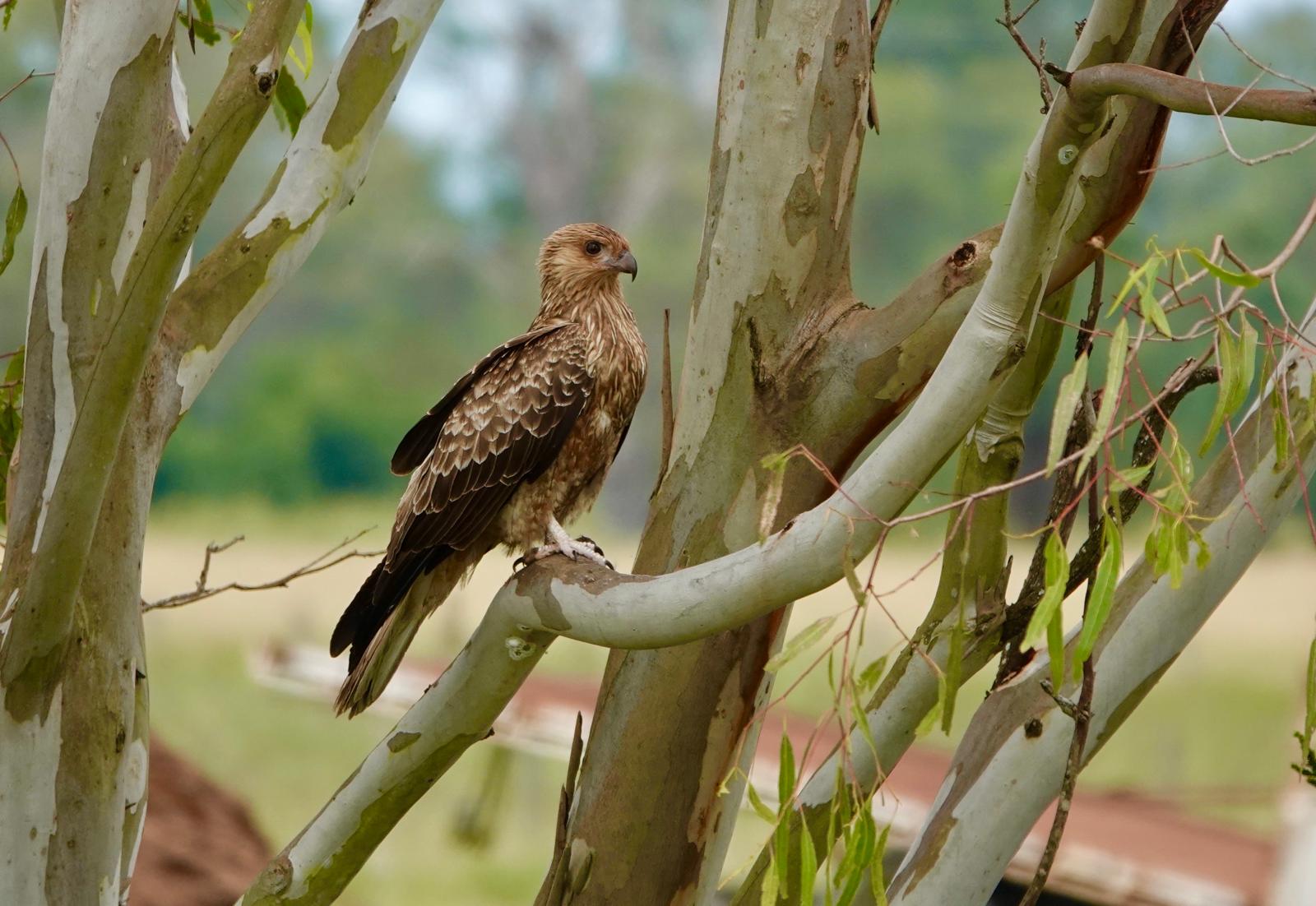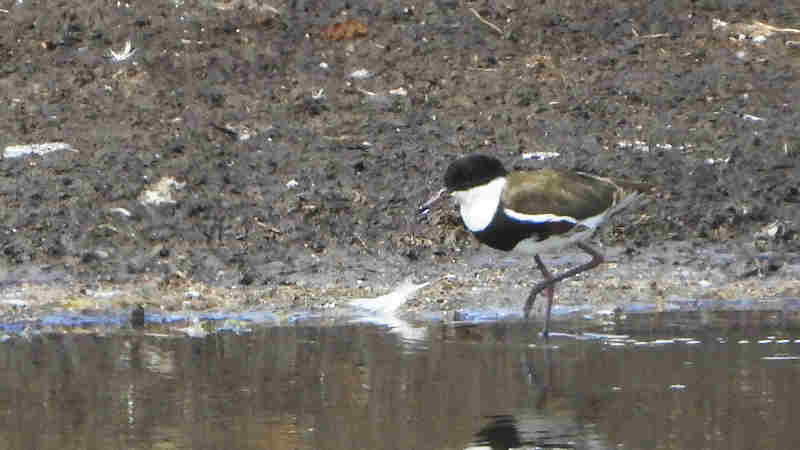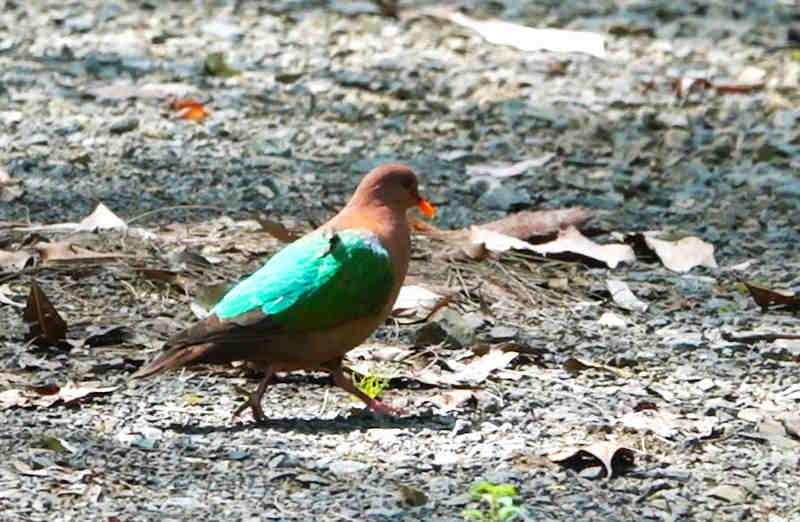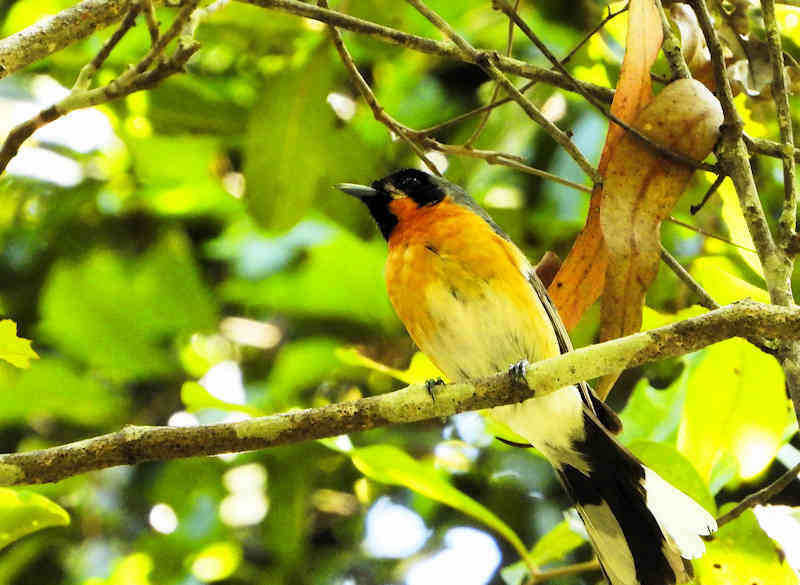Wonga Pigeon (Leucosarcia melanoleuca)
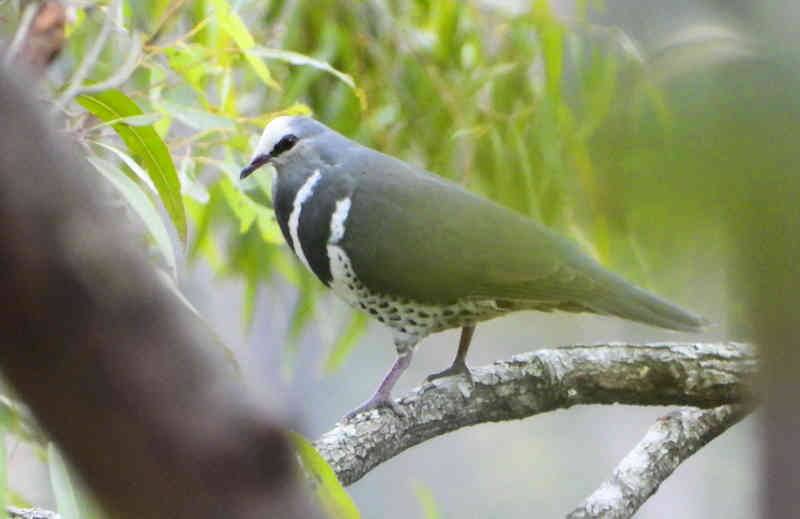
The Wonga Pigeon (Leucosarcia melanoleuca) is a striking and elusive bird, native to the forests of eastern Australia. Known for its rich plumage and deep, resonant call, the Wonga Pigeon is a favorite among birdwatchers and nature enthusiasts who venture into the shaded understory of rainforests and eucalyptus woodlands.
Identification
The Wonga Pigeon is a large, ground-dwelling bird, measuring around 38–40 cm in length. Its most distinguishing feature is its unique plumage—a slate-grey body with a white chest adorned by a striking pattern of crescent-shaped markings. These markings often resemble delicate scales, lending the bird a sophisticated appearance. The head is a lighter grey, with soft pink legs and a black bill completing its understated elegance.
When it takes to the air, the Wonga Pigeon displays rapid, whirring wing beats, which create a characteristic clattering sound, often startling observers who approach too closely.
Habitat and Distribution
Wonga Pigeons are primarily found along the eastern coast of Australia, from southern Queensland through New South Wales to eastern Victoria. Their preferred habitat includes dense rainforests, wet sclerophyll forests, and thick undergrowth, where they forage on the forest floor.
These pigeons are typically sedentary, rarely venturing far from their chosen territories, though they may wander to lower altitudes during cooler months.
Behavior and Diet
Wonga Pigeons are shy birds that spend much of their time on the ground, foraging for fallen fruits, seeds, and berries. They are also known to eat insects and other small invertebrates. Despite their terrestrial habits, they roost in trees, blending seamlessly into the dense foliage.
Their vocalizations are deep and repetitive, often described as a series of soft, mournful coos. This call is a signature sound of the forest, often heard before the bird is seen.
Breeding
The breeding season for Wonga Pigeons generally occurs from spring to early autumn. During this time, they construct a simple, flimsy platform nest made of twigs, typically placed in low trees or shrubs. The female usually lays a single white egg, which both parents incubate. The chicks are fed crop milk, a nutrient-rich secretion produced by both parents.
Conservation Status
The Wonga Pigeon is listed as a species of Least Concern on the IUCN Red List, as it remains relatively widespread within its range. However, habitat destruction and fragmentation pose potential threats, particularly in areas where forests are being cleared or degraded. Conservation efforts that protect and restore forest habitats are vital for ensuring the long-term survival of this species.
Birdwatching Tips
Spotting a Wonga Pigeon can be a rewarding challenge for birdwatchers. To increase your chances:
- Visit dense forests in the early morning or late afternoon, when these birds are most active.
- Listen for their distinctive, low-pitched cooing call.
- Move quietly and slowly to avoid startling them, as they are easily spooked.
Conclusion
The Wonga Pigeon is a magnificent bird that embodies the serene beauty of Australia’s forests. Its shy demeanor, coupled with its striking appearance, makes every sighting a special experience for bird lovers. By appreciating and protecting their natural habitats, we can ensure that the Wonga Pigeon continues to thrive in its forested homes for generations to come.
We are affiliated with Amazon and make a small royalty at no extra cost to you, so by using the links below to purchase your next birding gear you can help us to maintain Simply Birding and continue to bring great content:

Canon, Sony and Nikon cameras: https://amzn.to/4gmtDWk

Lenses for bird photography: https://amzn.to/3WG3vyF

Tripods: https://amzn.to/3PVDNT0

Memory Cards: https://amzn.to/3PV4Y0z

Bird books: https://amzn.to/42NgsKS

Binoculars for bird watching: https://amzn.to/42G0nGZ

Spotting Scopes for bird watching: https://amzn.to/4hom5nq












